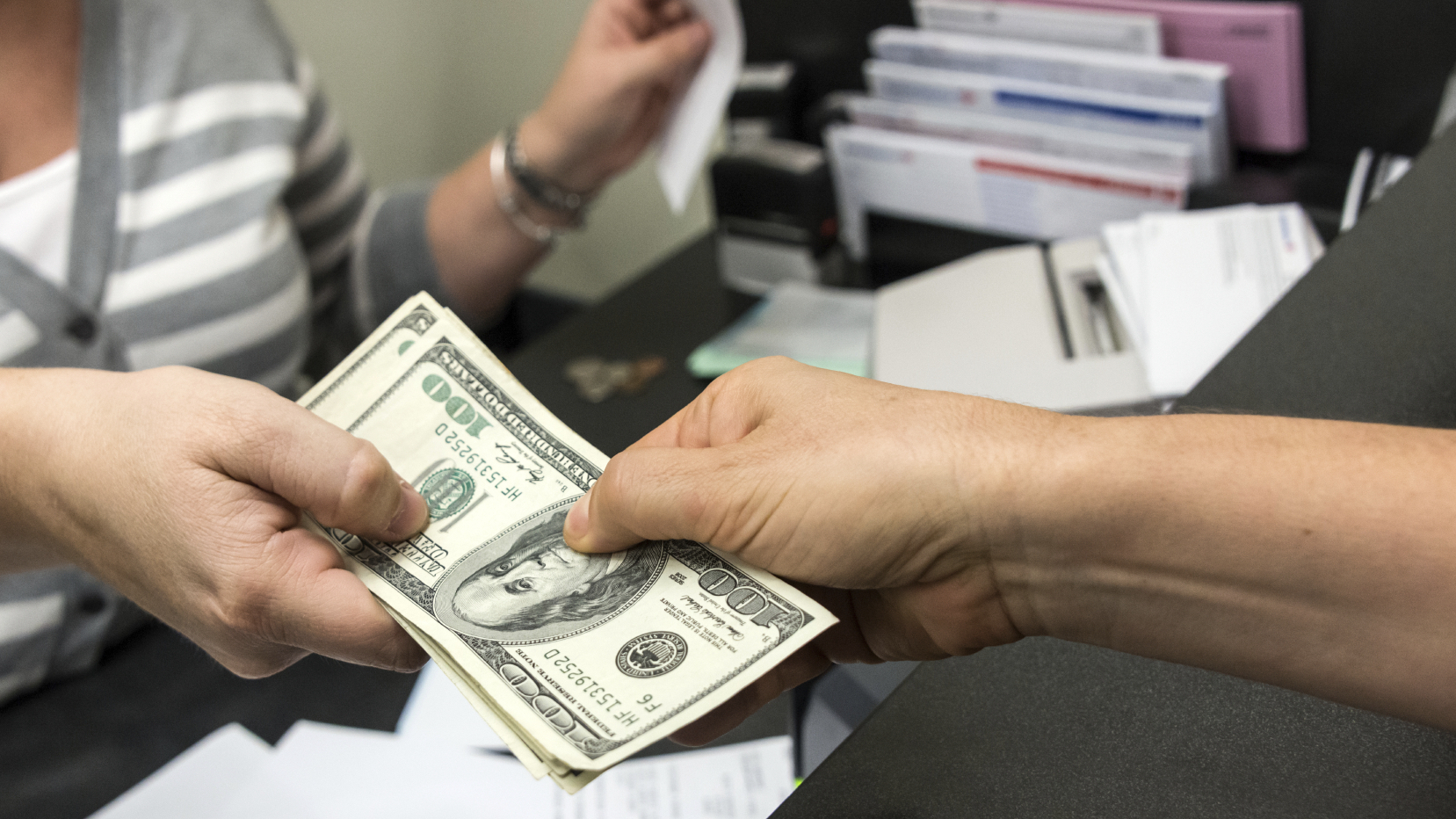The Problem With Payday Loans
What exactly is a payday loan?
A payday loan is a small, short-term (usually 2-4 weeks) unsecured loan with repayment usually linked to a borrower’s payday. Each year over 12 million Americans take out predatory payday loans that have hidden interest rates that are 339% on average, but can exceed 1000%. These extreme interest rates are often hidden in fees that come along with these loans. For example, a $100 payday loan might carry a $15 fee with a repayment time of ten days. When you do the math, the annual percentage rate is 547.50%.
What are they using their payday loans for?
Well it’s not what you’d expect. Most borrowers use payday loans to cover ordinary living expenses over the course of months, not unexpected emergencies over the course of weeks. The average borrower is indebted about five months of the year.
Payday loans are often characterized as short-term solutions for unexpected expenses, like a car repair or emergency medical need. However, an average borrower uses eight loans lasting 18 days each, and thus has a payday loan out for five months of the year. Moreover, survey respondents from across the demographic spectrum clearly indicate that they are using the loans to deal with regular, ongoing living expenses. The first time people took out a payday loan:
- 69 percent used it to cover a recurring expense, such as utilities, credit card bills, rent or mortgage payments, or food;
- 16 percent dealt with an unexpected expense, such as a car repair or emergency medical expense.
Why turn to a payday loan?
There are millions of Americans that do not have access to prime credit. There are a variety of reasons for this – predominately its due to a declining middle class economy and poor, almost non-existent, personal finance education. Often they do not want to turn to friends/family for money and other options such as taking on another job may not be available. After exhausting the alternatives, a payday loan is often the only option left.
Why is this a problem?
So they get their loan and two weeks later they realize they are back in the same position and need to roll their loan into another loan… and another loan… and the cycle continues. According to research from PEW, the average cycle is 5 months.The Consumer Financial Protection Bureau paints a less rosy picture. Their research states the average consumer takes out 11 loans during a 12-month period. Essentially, they become trapped in a long term cycle of high interest debt that is disguised as a short-term loan.
Check out this video produced by PEW which provides a good overview of the industry.
Proponents of payday lending will tell you that interest rates are inline with costs due to the high default rates. Unfortunately this is a self-fulfilling prophecy. The payday lending cycle is difficult to break and ultimately is a major contributing factor to the high default rates.
Aside from the structural issues with the payday model, there is a much bigger entrenched issue at hand. Most of the payday clientele are considered financially illiterate. It’s not just payday borrowers, it’s all of America really. In a 2010 Northwestern Mutual Life Insurance study to determine Americans’ general financial knowledge, 69% of the 1,664 participants failed the quiz.
The dominant lending models in place do nothing to address this underlying issue. Their main tool to balance high default rates is through high interest rates and aggressive collection techniques.
What’s the solution?
Some see a big problem, we see an opportunity to change the world.
Payday lending is an industry that inherently keeps borrowers indebted. LoanNow’s model is to instead provide longer repayment terms at much lower APRs. This model allows borrowers to address their needs cost-effectively while avoiding the payday cycle. Additionally, LoanNow is turning repayment into a rewarding game-like process. Borrowers unlock achievements to help raise their credit score or even reduce their interest rates. We don’t want to just balance high default rates with predatory APRs and aggressive collection practices, like most payday lenders. Instead, we leverage the power of game mechanics to reduce default rates. We designed our lending experience not to trap borrowers, but to help them succeed.
Through achievements and education, LoanNow incentivizes borrowers to improve their financial well- being. Lower default rates translate to a lower cost of credit for the borrower and a higher repayment rate for the lender – a win-win dynamic. The strategy does produce one notable loser – the payday lending industry.
As seen so many times before, it often takes an energized startup with vision to challenge the status quo.




This is all true. My husband and I took out one payday loan and than to stay afloat the next month we had to take out a second payday loan. We realized this could go on endlessly and get us into hot water, so we paid them back. As this article suggests its best to only take out a loan if it is not for everyday living, or like survival, ie. rent and utility bills. My husband just passed and now I wish we had planned for funeral expenses as they are steeper than I imagined. This LoanNow company is one of the only I know of that is very legitimate and responsible. I hope to do business with them soon.
the
hidden cost of the payday loans often seem to surprise the borrowers, by the
time they understand it, it is too late for them to go back and have some inspiring fund or loans without
penalties. The loan options and information provided here must help the
borrowers to avoid these fees.